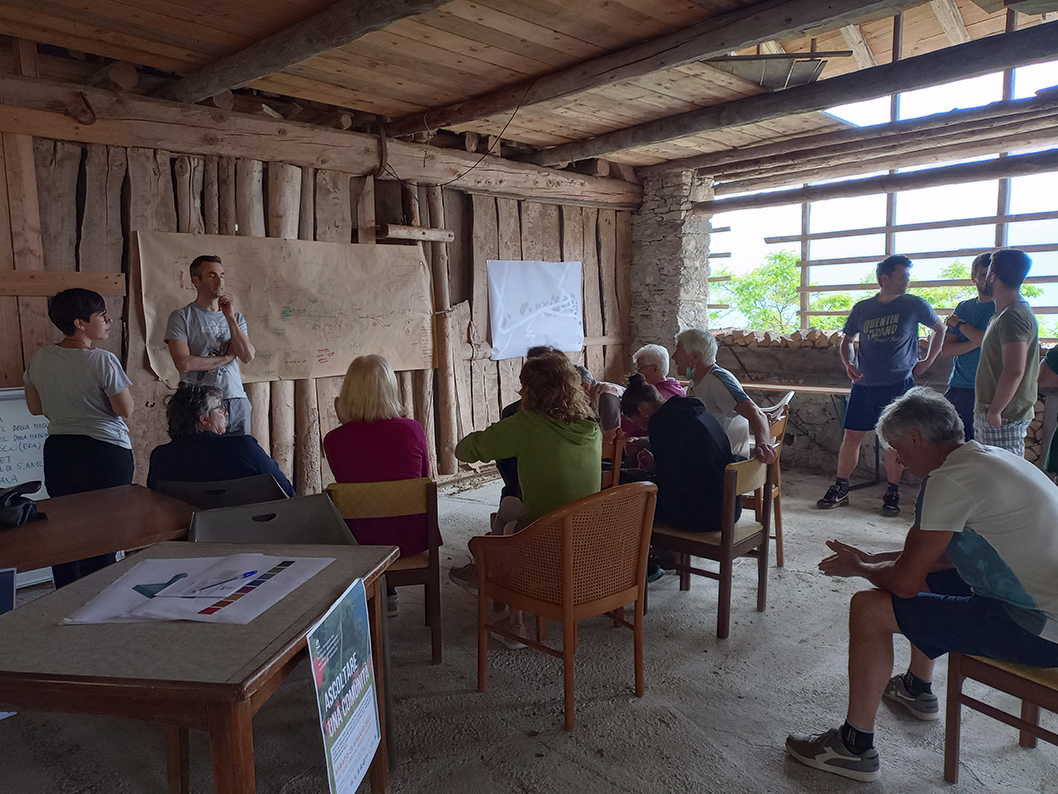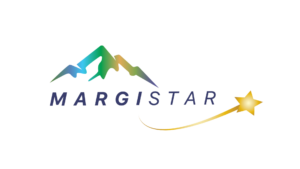By Cristina Dalla Torre, Institute for Regional Development – Eurac Research (Bolzano, IT); University of Padova (IT).
Since the turn of the last century, there has been little doubt that to survive in fragile mountain territories, things had to be done together. Through community, forests were managed, canals were kept in order, and services were organised. But how has this way of managing goods and resources changed in recent times? The story of five young people and two mountain villages in Italy invites us to reflect on the role that the collective management of goods and resources can play today.
What is collective management and how does it impact mountain communities?
The collective management of natural resources is one of the fundamentals that keep mountains and their fragile human and natural ecosystems alive. Collective management, in concrete terms, means monitoring the quality of forests and maintaining irrigation systems, paths, and mountain pastures together within a community. Collective management is also concerned with preserving everything that sustains the quality of life in mountain communities: social ties, breeding and production techniques, in-depth territorial knowledge, and care for trails and mountain accommodation facilities. The list goes on, because working together makes it possible to achieve multiple objectives e.g., organising cultural events, opening a village emporium, or even designing, producing, and promoting a local product. Collective management also supports the ever-present need for human cooperation to tackle common crises brought about by anthropic climate change including landslides, droughts or floods, and the general loss of biodiversity.
As widely documented and theorised by Elinor Ostrom, the Nobel Prize winner for economics in 2009, the collective management of goods and resources is a model that has developed in many territories around the world and in very different organisational forms. It is a typical characteristic of fragile areas that are difficult for people to inhabit and that require the collective (rather than private) management of resources to support life. Studies by Ostrom and many others have defined the collective management of resources as commons. In the words of German feminist sociologist Mara Mies, this means caring for common resources, needs, and ideas is what makes inhabitants of one area a community.
Traditional forms and institutions of collective management of community resources, services, goods and knowledge are, however, at a crossroads: innovate or be forgotten.
In an increasingly connected and globalised economy, the demand for tourism services, building materials, and energy is increasing dramatically. The need for collective management is heightened by the fact that many mountain inhabitants do not have the tools to singlehandedly cope with phenomena that may have local effects, but originate from far outside their regions.
How does systemic and interconnected change impact mountainous areas?
Systemic and interconnected change shows its influence in mountainous areas both economically and culturally. Mountain commons have evolved over centuries as systems for managing agro-sylvo-pastoral resources, which describe the combined agricultural, forestry, and livestock resources and activities in a particular region or ecosystem. One emerging factor is the tertiarisation of the economy, which refers to a decline in the agriculture-related workforce. In fact, the number of farms in the Italian Alpine regions and provinces have declined by an annual average of 19% over the period 2010-2020 (ISTAT-Italian National Statistics, 2022).
Despite the general trend towards concentrated agricultural ownership (i.e., fewer farms of increasing size), small producers prioritising product quality are emerging. Large farms and agricultural producers are criticised by the local population for their air and soil pollution and intense land use. Cultural values are also changing, with more young people and non-locals looking to the mountains as an alternative to living in urban areas.
In parallel, funding made available by European and national development policies (European Green Deal, Economic Recovery Plan, or Recovery Fund) is becoming increasingly complex to obtain. Acquiring funding requires network and planning logic, as well as efforts towards reaching ambitious global goals like modernising and digitising production to increase competitiveness, fighting climate change, and following circular economy practices. At the same time, heterogeneous actors are at different scales involved in managing mountainous territories, which is why we speak of a polycentric governance of resources. Because of this, resource management institutions must innovate their methods of self-organisation and collaborate with those closest to the resources: those who live in and have interests in the territory.
How can we create future mountain territories that are attractive homes for young professionals, families, or those who would like to create community enterprises, participate in the collective effort of living together, and take care of mountainous environments and habitats? Past actions have shown that collective care could create such desirable rural futures in mountainous areas.
Five young people in two hamlets undertaking one community-based business
First and foremost – what is a hamlet? Hamlets are the smallest of all urban settlements and are often located in high-altitude mountainous regions. Hamlets typically have a small population and are characterized by their remote locations in the mountains. Favrio and Dasindo are two such mountain hamlets located near the Giudicarie Valley in Trentino, Italy, and are characterised by an aging population. Among the youth trying to reverse this trend and who have decided to stay or return to the Giudicarie Valley are Sara, Stefano, Davide, Juri, and Manola. They are sensitive to the future of the two villages where the community is losing ties with its collective resources, and see how mass tourism is developing in the Alps. The group has a clear image in mind: what if collective resources were the focus of a viable community and a model of community-centred slow tourism?
Sara, Stefano, Davide, Juri, and Manola began to experiment with a new business model for the collective management of resources: a form of enterprise developed by community members and a constellation of associations and small local businesses that would carry out its activities under the direction of commons institutions, or institutions that manage collective assets. In this case, the enterprise would co-manage two huts together with local commons institutions, taking care of intangible assets such as the bond and relations between communities and collective goods. This new form of goods and resource management offers a service that enhances the territory in collaboration with the community and for the community.
Where do the roots of this project lie? As this recently published study shows, a process is underway in mountain communities whereby new collective values are applied to existing resources and, at the same time, new resources are seen as collective. The economy, for example, becomes a community asset, as does the quality of the landscape, air, water, and green spaces. The community itself is a resource for mutual help, bonds of solidarity, friendships, and neighbours particularly in times of emergency. This involves new community actors and stakeholders who share an interest in taking care of resources and investing time and expertise, as well as new rules for discussion, planning, participation, and ultimately access to collective resources.

Collective cheese-making at the community hut, Credits: Cristina Dalla Torre
In 2021, Sara, Stefano, Davide, Juri, and Manola start a participatory process with local communities. They aim to experiment with an innovative way of managing collective assets and a model of community tourism that can be applied to both their region and other territories.

The participatory process, Credits: Cristina Dalla Torre
Applying knowledge co-creation and the collective management of common resources to a changing world
This group’s project was financed by the provincial administration and included actors at several levels: the commons institution with the respective communities, local associations and enterprises, and Eurac Research, which supports innovation using the transdisciplinary approach of knowledge co-creation. Knowledge co-creation refers to the process of actively involving multiple individuals or groups in the generation and development of knowledge. As the study shows, this approach, however, can lead to the “intrusion” of the researcher, who becomes a stakeholder in the innovation process. In these delicate experiments, it is necessary to strike a balance between being a mediator of knowledge and an agent of change. Imbalance in communities must be avoided, as this can cause innovation to become a “distortion” of the reason why collective management of resources evolved over time.
The importance of collectively managed resources is changing. In a rapidly developing economy and society, mountain pastures and forests are considered important relational assets and recreational spaces. Therefore, maintenance and care activities organised through collective management involve the implementation of initiatives aimed at increasing the quality of resources and the capacity to provide ecosystem services. The story of Sara, Stefano, Davide, Juri, and Manola shows that involving actors with different profiles, interests, and ideas, as well as entrepreneurs, regional administrations, and supra-local and regional associations can revitalise collective resource governance. Collective management of mountain commons could, in this way, show its full potential and release regenerative and transformative energy into mountain communities.


